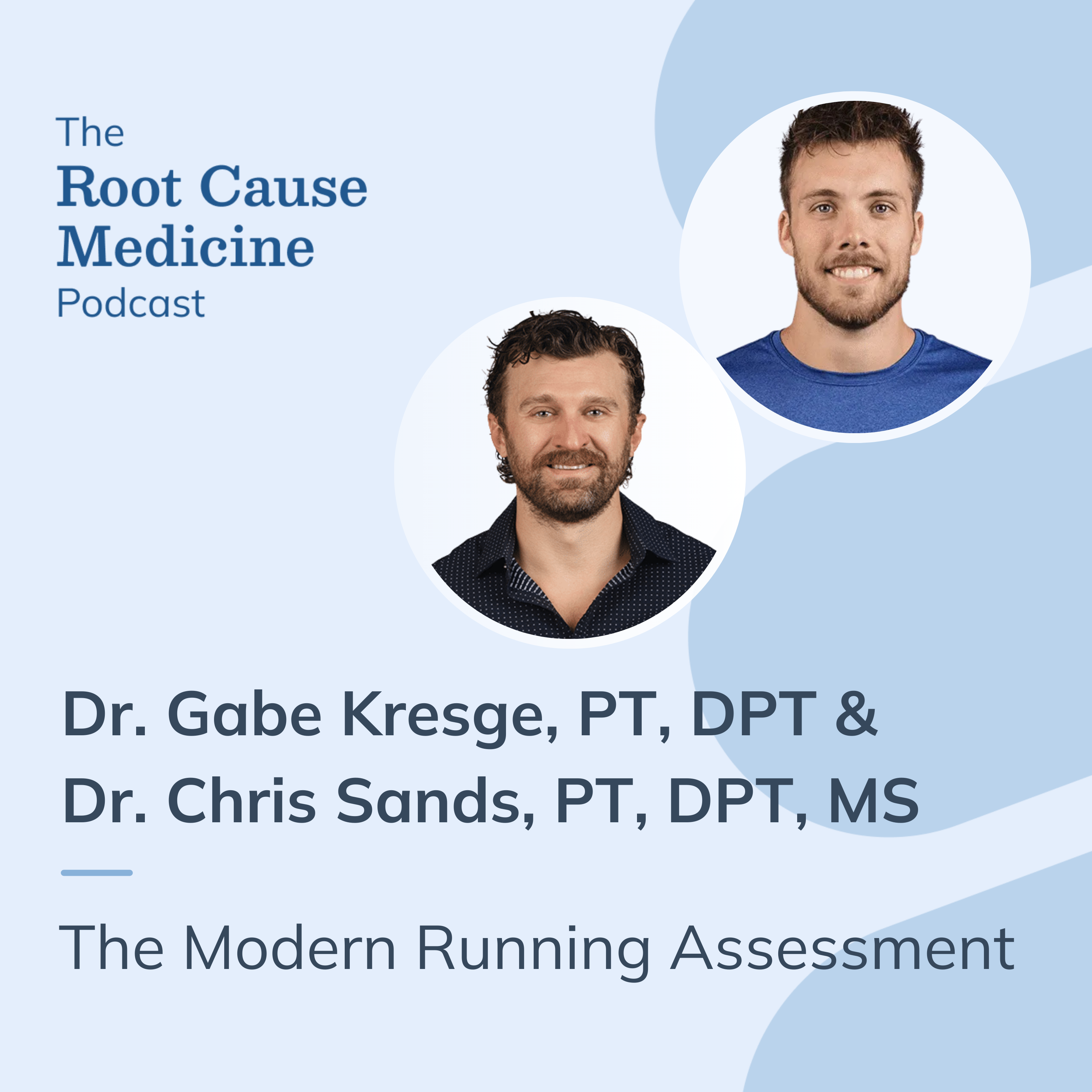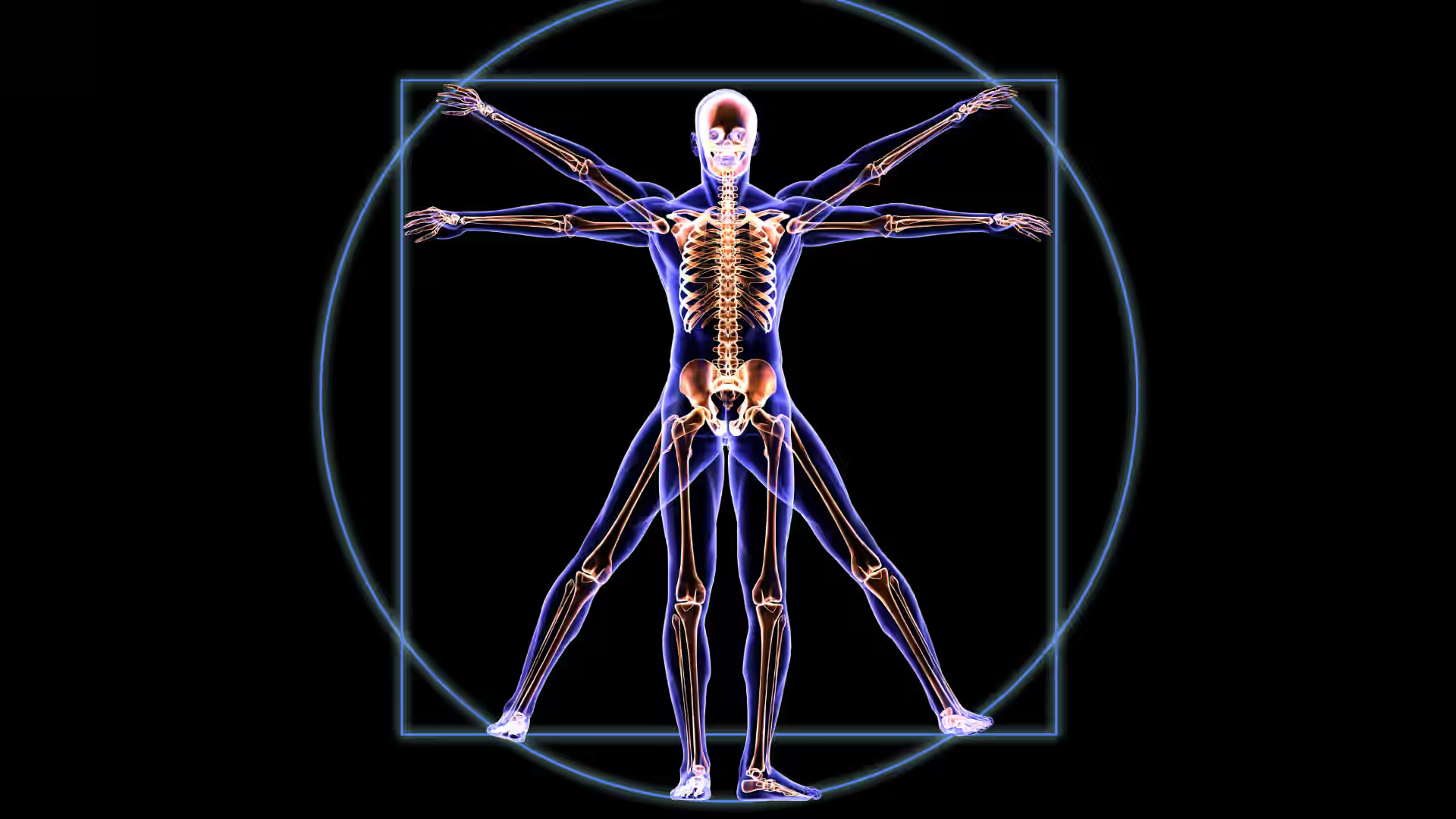Have you ever wondered how your body manages calcium levels so precisely? The answer lies in a small but mighty hormone called parathyroid hormone (PTH). Produced by four tiny glands located behind the thyroid in your neck, PTH regulates calcium and phosphate balance in your body.
While this hormone may be less well-known compared to others, parathyroid disorders occur rather frequently. For example, hyperparathyroidism is a relatively common disorder affecting 1 in 1,000 people. This article provides a detailed look at the parathyroid hormone, covering its functions, related disorders, and treatment approaches to foster better understanding and awareness.
[signup]
Understanding Parathyroid Hormone
Let's begin by briefly explaining where PTH comes from and its roles in the body.
What Is Parathyroid Hormone?
PTH is a hormone made up of 84 protein building blocks called amino acids. It is made and secreted by the parathyroid glands, which are four tiny glands – each about the size of a pea – situated behind the thyroid gland in the neck.
PTH levels are primarily regulated by a feedback loop based on blood calcium levels. When calcium levels drop, the parathyroid glands detect the decrease and secrete PTH to raise calcium levels. Conversely, if calcium levels rise too high, the parathyroid glands reduce PTH secretion to prevent excessive calcium in the blood.
Role in the Body
PTH's primary function is to control the body's calcium and phosphorus levels. It does so by acting on three main areas of the body:
- Bones: PTH stimulates cells called osteoclasts to break down bone, releasing calcium into the bloodstream.
- Kidneys: PTH increases calcium and reduces phosphorus reabsorption into the blood.
- Intestines: PTH indirectly enhances intestinal calcium absorption by stimulating the kidneys to convert vitamin D into its active form, calcitriol. Calcitriol promotes calcium absorption in the intestines.
Disorders Linked to Parathyroid Hormone
Abnormal levels of PTH, whether high or low, may indicate an issue with the parathyroid glands.
Hyperparathyroidism
Hyperparathyroidism occurs when the parathyroid glands make too much PTH. Depending on the cause, hyperparathyroidism is classified into three types:
- Primary hyperparathyroidism refers to a problem within the parathyroid glands. 80% of primary hyperparathyroidism cases are caused by a benign (non-cancerous) tumor called an adenoma. Hyperplasia, in which the parathyroid glands become enlarged, may also be responsible.
- Secondary hyperparathyroidism is caused by a problem outside of the parathyroid glands that causes them to release excess PTH. This is often related to high phosphorus levels or calcium and vitamin D deficiencies caused by chronic kidney disease or intestinal malabsorption.
- Tertiary hyperparathyroidism occurs when secondary hyperparathyroidism continues even after the main problem has been treated, causing the parathyroid glands to release PTH on their own (autonomous PTH secretion).
Hyperparathyroidism can present with symptoms when high calcium levels (hypercalcemia) begin to damage or cause dysfunction in other parts of the body. These symptoms may include:
- Weak bones and bone fractures (osteoporosis)
- Bone and joint pain
- Kidney stones
- Frequent urination
- Stomach pain
- Nausea and vomiting
- Loss of appetite
- Fatigue
- Depression
- Forgetfulness
The mnemonic "stones, bones, groans, and psychic moans" is often used to remember the hallmark signs of hyperparathyroidism.
Hypoparathyroidism
Hypoparathyroidism is a rare condition characterized by insufficient production of PTH. Causes of hypoparathyroidism include:
- Most commonly, hypoparathyroidism is caused by accidental damage or removal of the parathyroid glands during neck surgery.
- Autoimmune disease, in which the immune system attacks and damages the parathyroid glands so that they stop producing PTH
- Hereditary hypoparathyroidism is when a person is born without parathyroid glands or with glands that don't work properly.
- Low levels of magnesium in the blood
- Radiation treatment of the face or neck
Hypoparathyroidism leads to low blood calcium levels (hypocalcemia), which disrupts normal muscle and nerve function. This can result in various symptoms, such as:
- Tingling and burning in the fingers, toes, and lips
- Muscle aches and cramps
- Muscle twitches and spasms, particularly around the mouth
- Fatigue
- Muscle weakness
- Painful menstrual periods (dysmenorrhea)
- Hair loss
- Dry skin
- Brittle nails
- Depression or anxiety
- Seizures
Parathyroid Hormone Imbalance Diagnosis
Parathyroid disorders are most often diagnosed when abnormal calcium levels are found incidentally during routine blood tests or screenings for other health conditions.
Lab tests recommended during a diagnostic work-up for parathyroid disease include:
- Serum calcium
- Corrected and/or ionized calcium
- Intact PTH
- Vitamin D (1,25-dihydroxyvitamin D and 25-hydroxyvitamin D)
- Serum magnesium
- Serum phosphorus
- Serum creatinine
- 24-hour urinary calcium and creatinine
- Bone density scan
Ultrasound is the first recommended imaging technique for investigating parathyroid gland problems. Scintigraphy (a nuclear medicine imaging technique), MRI, and CT scans may also be used, particularly when planning for surgical treatment.
Managing Parathyroid Hormone Disorders
The primary treatment goals of parathyroid disorders are to restore normal calcium levels in the blood, alleviate symptoms, and address the condition's underlying cause.
For hyperparathyroidism, the goal is to reduce the excessive production of PTH to prevent complications such as bone loss, kidney stones, and cardiovascular problems.
For hypoparathyroidism, the aim is to increase PTH levels or provide calcium and vitamin D supplementation to maintain proper calcium balance.
Treatment Options for Hyperparathyroidism
Surgical removal of the parathyroid gland(s) (parathyroidectomy) is the definitive treatment option for primary hyperparathyroidism, which has a 90-95% success rate and low complication rates.
For patients who are not good candidates for surgery, medications may be prescribed instead to manage high calcium levels:
- Bisphosphonates are a type of medication commonly used in managing osteoporosis. They inhibit osteoclast cells, preventing bone loss.
- Cinacalcet is a calcimimetic medication that acts like calcium in the body. It helps regulate the parathyroid glands by signaling them to produce less PTH, thereby reducing serum calcium levels.
Treating secondary hyperthyroidism requires addressing the underlying cause. This most often involves treating kidney disease or intestinal malabsorptive disorders. Until the underlying cause is corrected, supplementing vitamin D and calcium levels is needed.
Patients who develop tertiary hyperparathyroidism may also require parathyroidectomy.
Treatment Strategies for Hypoparathyroidism
The primary treatment option for hypoparathyroidism is supplemental oral calcium and vitamin D to maintain serum calcium levels within the normal range:
- Calcium carbonate and calcium citrate are the calcium supplements of choice.
- High doses of vitamin D in its active form (calcitriol) increase the amount of vitamin D in the body, promoting calcium absorption.
Patients who do not respond well to conventional therapy may be prescribed recombinant PTH, such as palopegteriparatide, which is FDA-approved for treating chronic hypoparathyroidism. This synthetic form of PTH is injected under the skin once daily. However, based on findings from animal studies, it carries a warning about an increased risk of a rare bone cancer called osteosarcoma.
Lifestyle Adjustments and Monitoring
In addition to conventional therapy, lifestyle adjustments can complement medical treatment. Patients should work closely with their healthcare providers to establish a self-care plan that includes:
- A diet balanced in calcium, vitamin D, phosphorus, and magnesium. Dietary modifications should be made per the recommendations of your doctor based on serum nutrient levels.
- Staying hydrated supports kidney function and prevents kidney calcifications.
- Partaking in structured, weight-bearing exercise can serve as an adjunct therapy for managing the musculoskeletal complications associated with parathyroid disorders.
Routine monitoring through periodic blood tests helps identify any fluctuations in calcium or PTH levels at an early stage, ensuring timely intervention. Medical guidelines recommend monitoring the following parameters, with the specific intervals tailored to the type and severity of the parathyroid disorder as well as the treatment regimen being used:
- Hyperparathyroidism: serum calcium, vitamin D, creatinine clearance, PTH, 24-hour urine calcium, and bone density
- Hypoparathyroidism: serum calcium, phosphorus, magnesium, vitamin D, kidney function, PTH, and 24-hour urine calcium
Future Research and Developments
Ongoing research is broadening our understanding of parathyroid disorders.
Advances in Understanding Parathyroid Disorders
Recent advances in genetic research are shedding light on the complex molecular mechanisms behind parathyroid disorders. Scientists have pinpointed several genes that play a role in these conditions, including the MEN1, CDC73, and CASR genes.
In addition to these genetic factors, researchers are exploring epigenetic modifications, including DNA methylation patterns and changes in microRNA expression, which may further clarify how these disorders develop and progress.
Concurrently, innovative diagnostic tools are being investigated to improve the detection and localization of abnormal parathyroid tissue. Advanced imaging techniques, such as four-dimensional computed tomography (4DCT), have enhanced preoperative localization accuracy.
68Ga-Trivehexin PET/CT has shown promise in detecting hyperfunctioning parathyroid tissue with higher sensitivity compared to traditional methods like MIBI scintigraphy.
Novel Therapies on the Horizon
Precision medicine is making significant strides in the field of endocrinology. Researchers are actively engaged in clinical trials testing new drugs that target specific pathways involved in PTH secretion and action. These drugs hold promise for fewer side effects and better long-term outcomes.
For example, investigational drugs like eneboparatide, a PTH receptor-1 agonist, have shown efficacy in managing hypoparathyroidism by maintaining serum calcium levels and reducing urinary calcium excretion.
Similarly, TransCon PTH (palopegteriparatide) has demonstrated sustained efficacy and safety in hypoparathyroidism management, offering a potential hormone replacement therapy.
[signup]
Key Takeaways
- Parathyroid hormone, though produced by small glands, profoundly impacts the body by regulating calcium and phosphate levels.
- Hyperparathyroidism is a condition marked by excessive secretion of parathyroid hormone, leading to elevated blood calcium levels that can cause complications like osteoporosis, kidney stones, and cardiovascular disease.
- Hypoparathyroidism results from insufficient hormone production, causing dangerously low calcium levels that may trigger neuromuscular symptoms, such as muscle cramps and seizures.
- Treatment options for parathyroid disorders range from medication to surgery, with lifestyle adjustments and regular monitoring serving as important adjuncts to medical intervention.
- As research continues to advance, the future of parathyroid disorder management looks promising. Precision medicine and innovative diagnostic tools offer new hope for better outcomes.












%201.svg)






